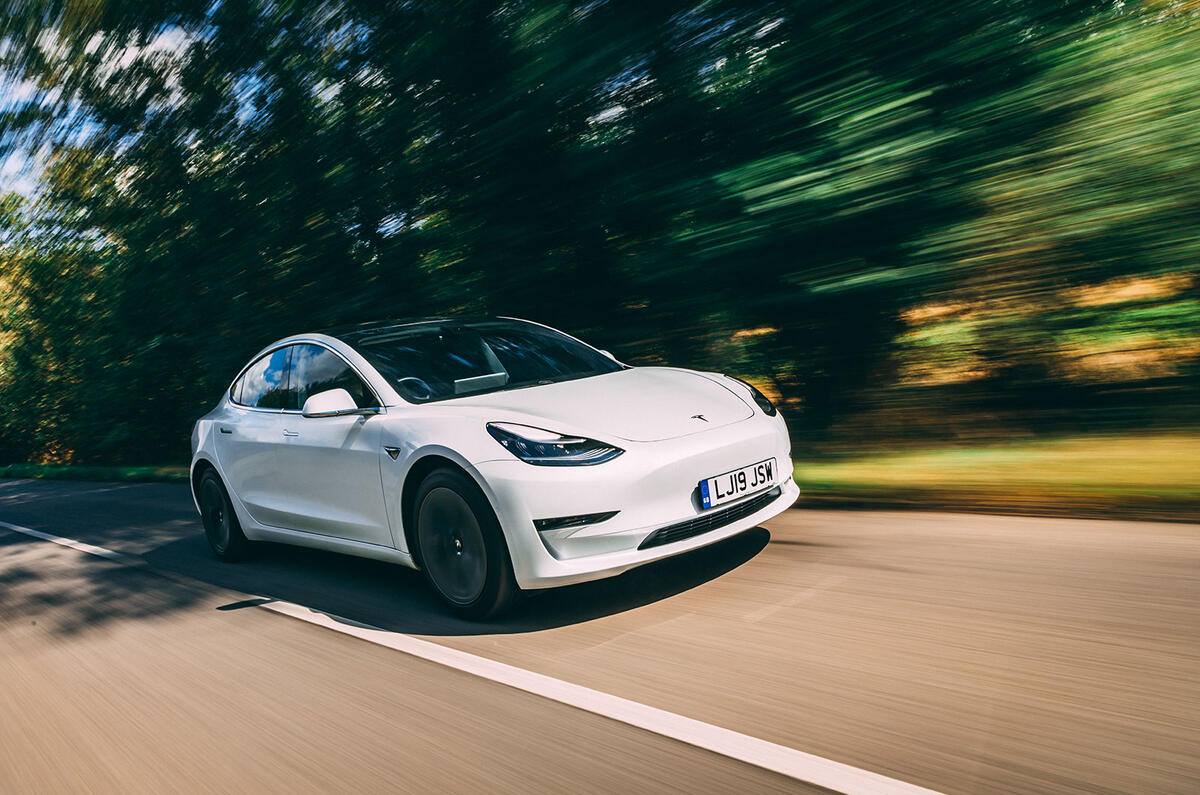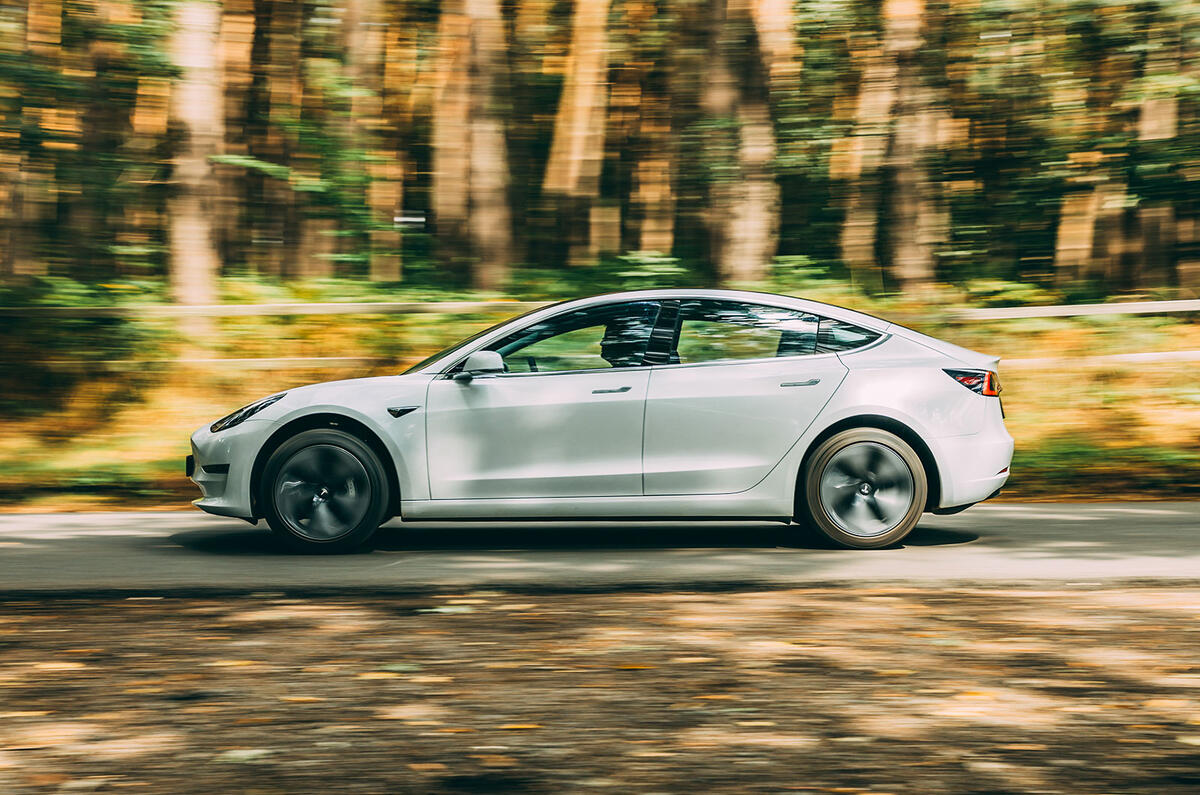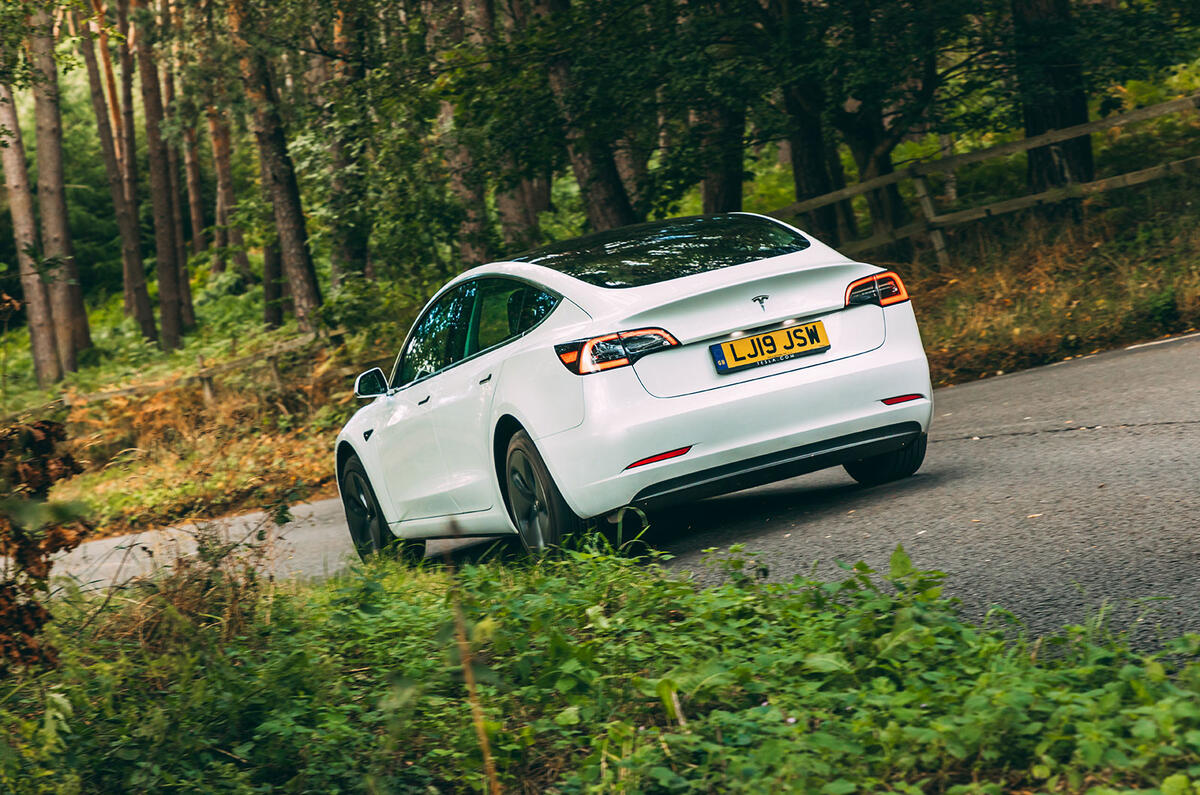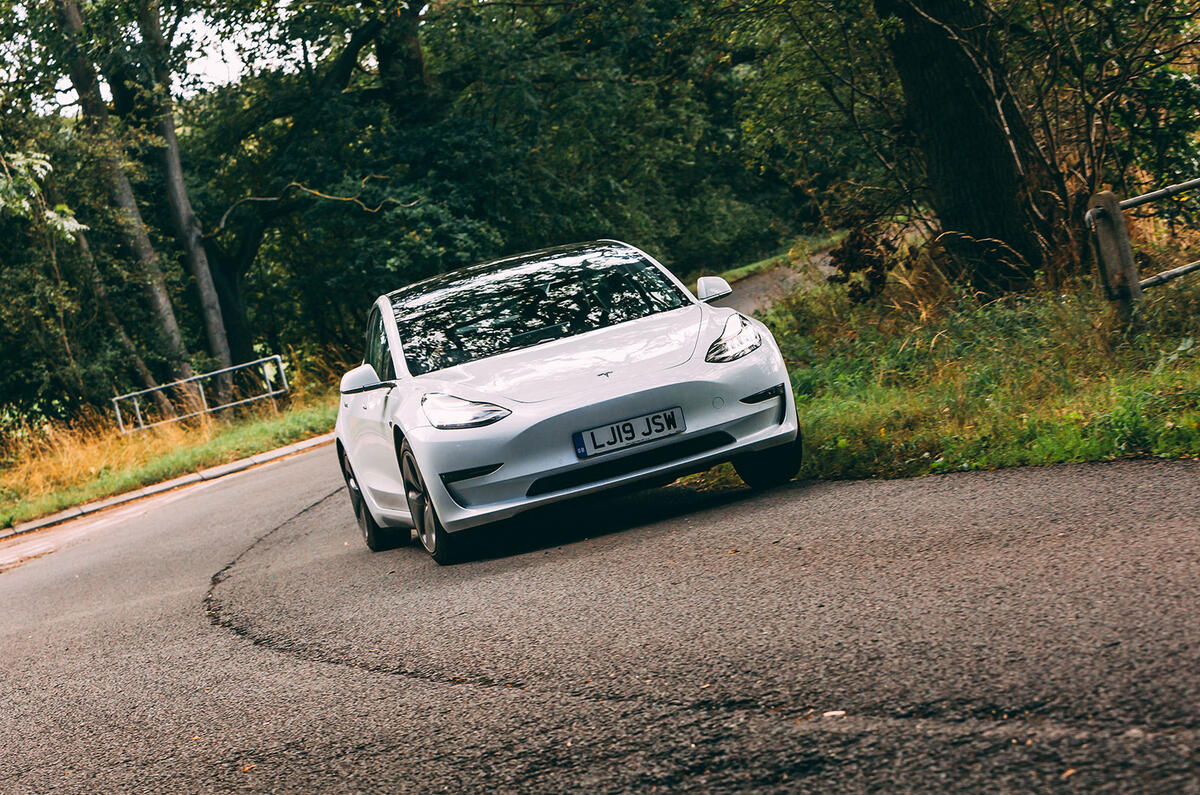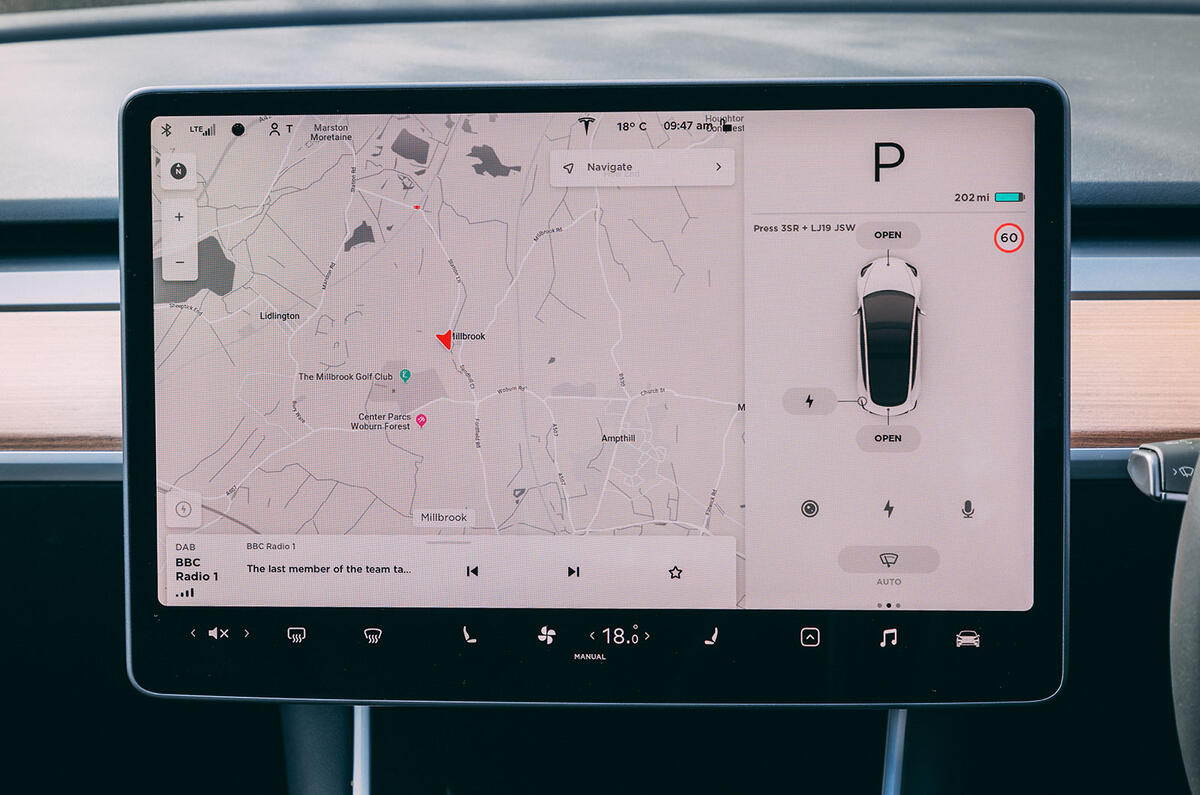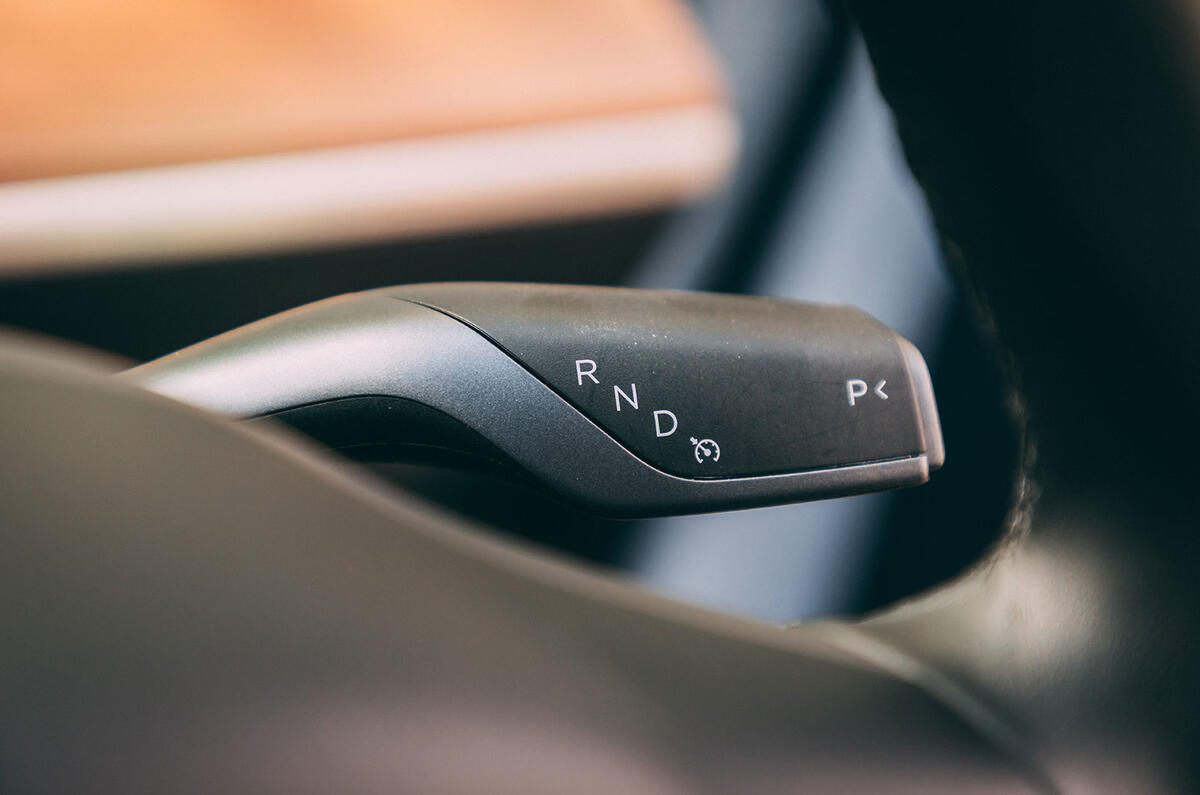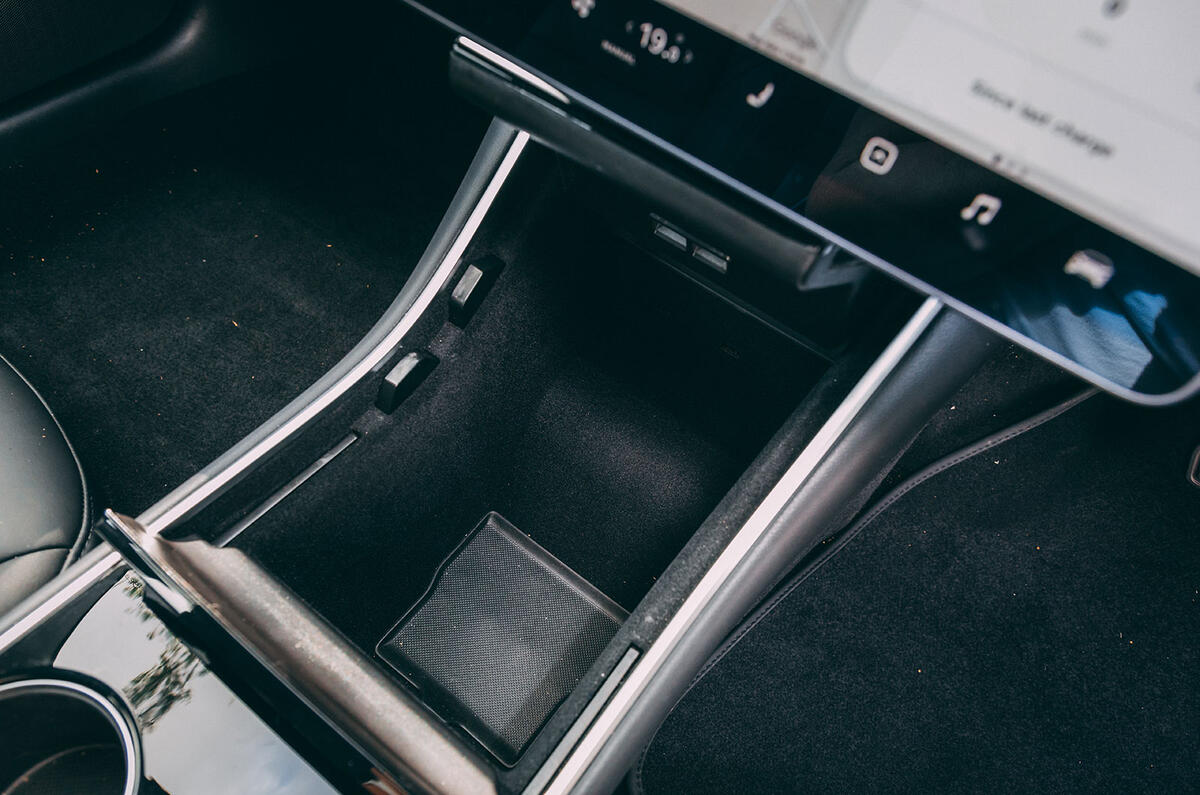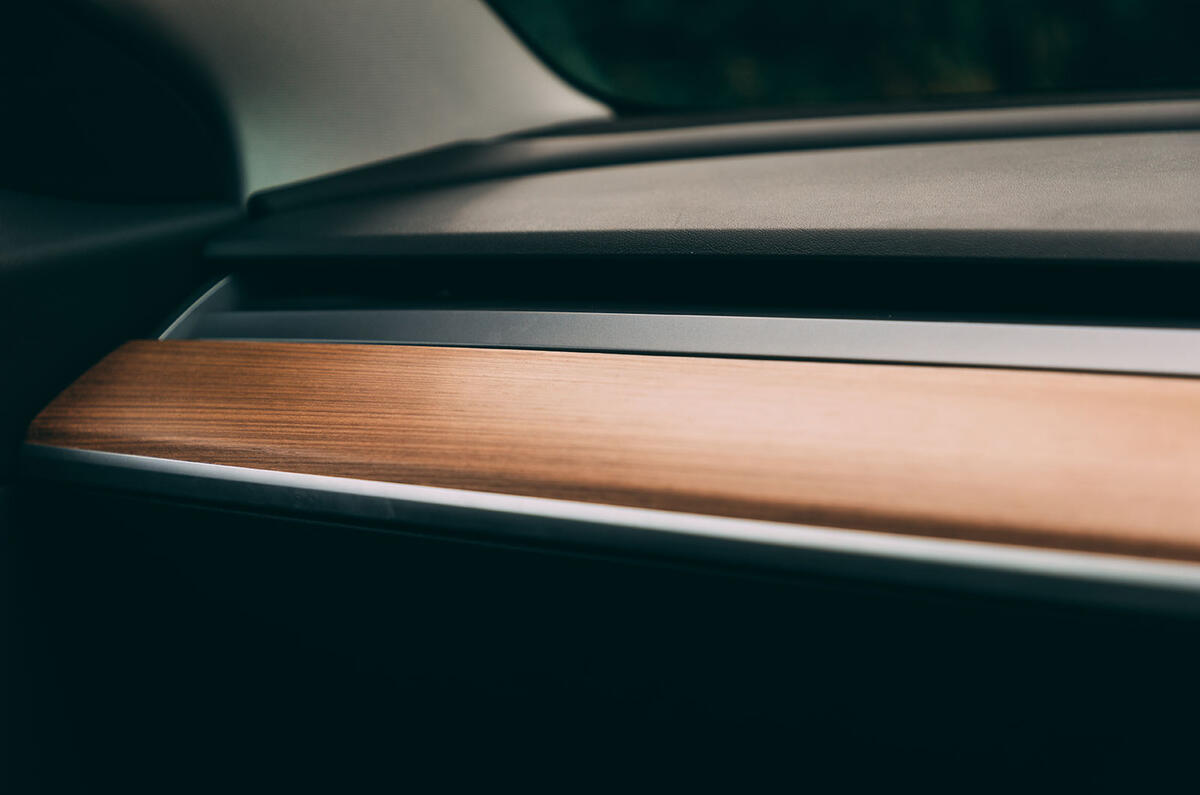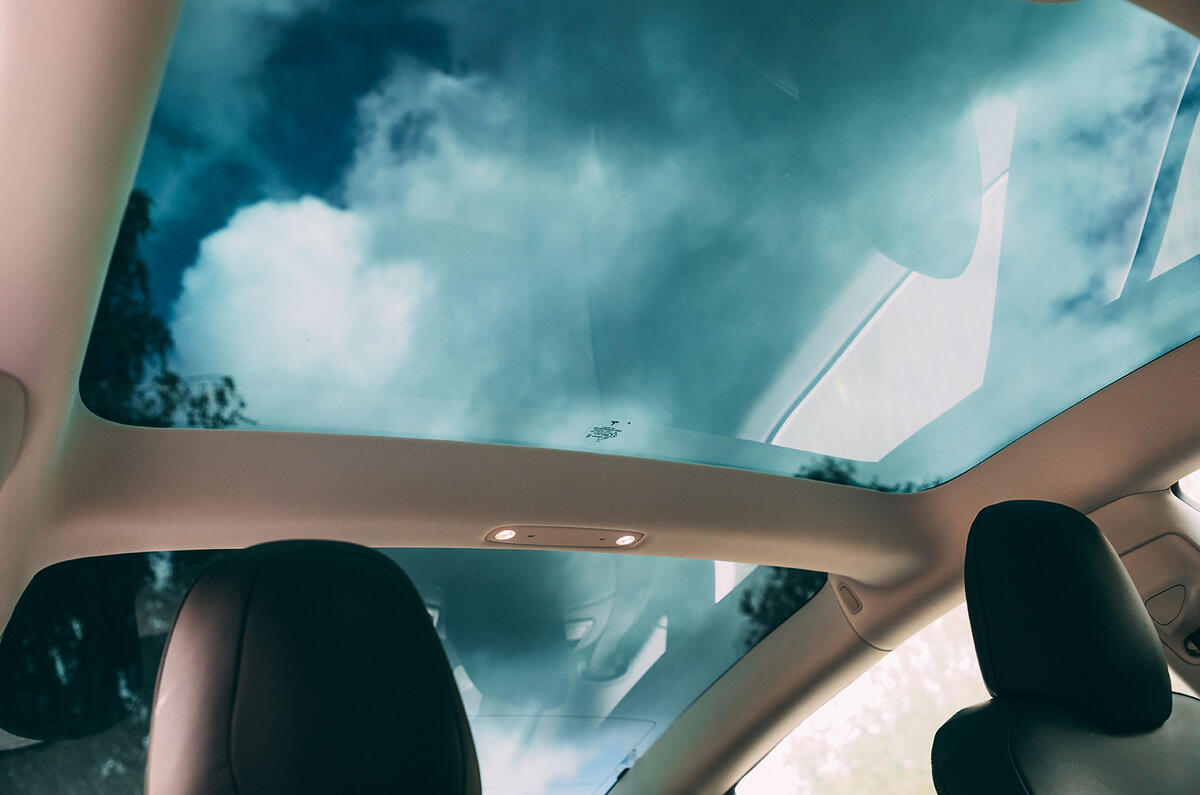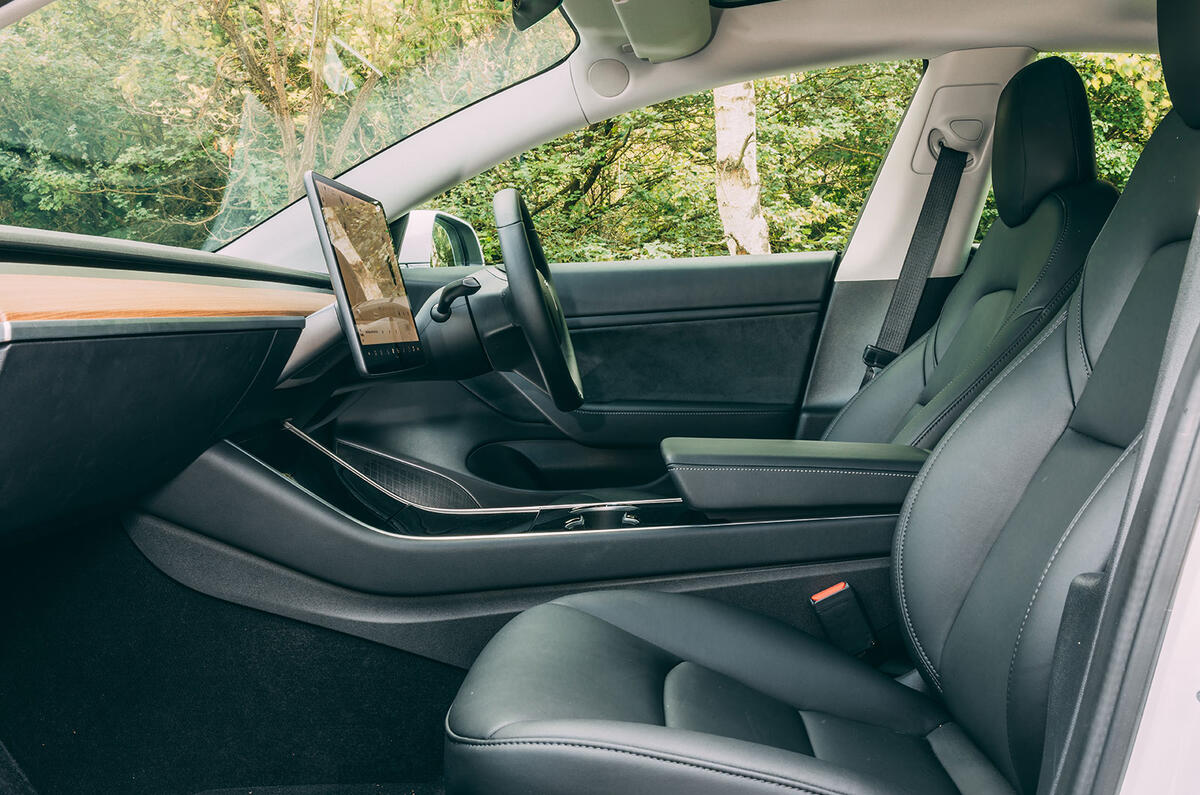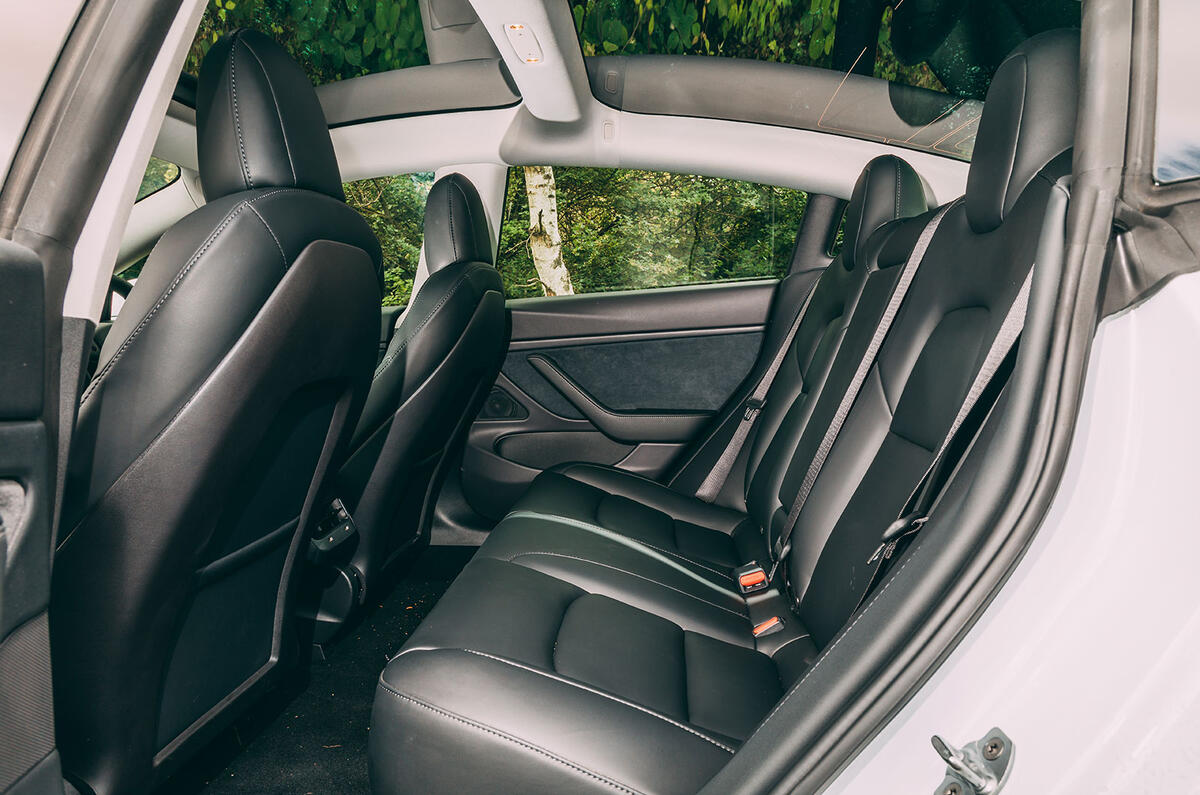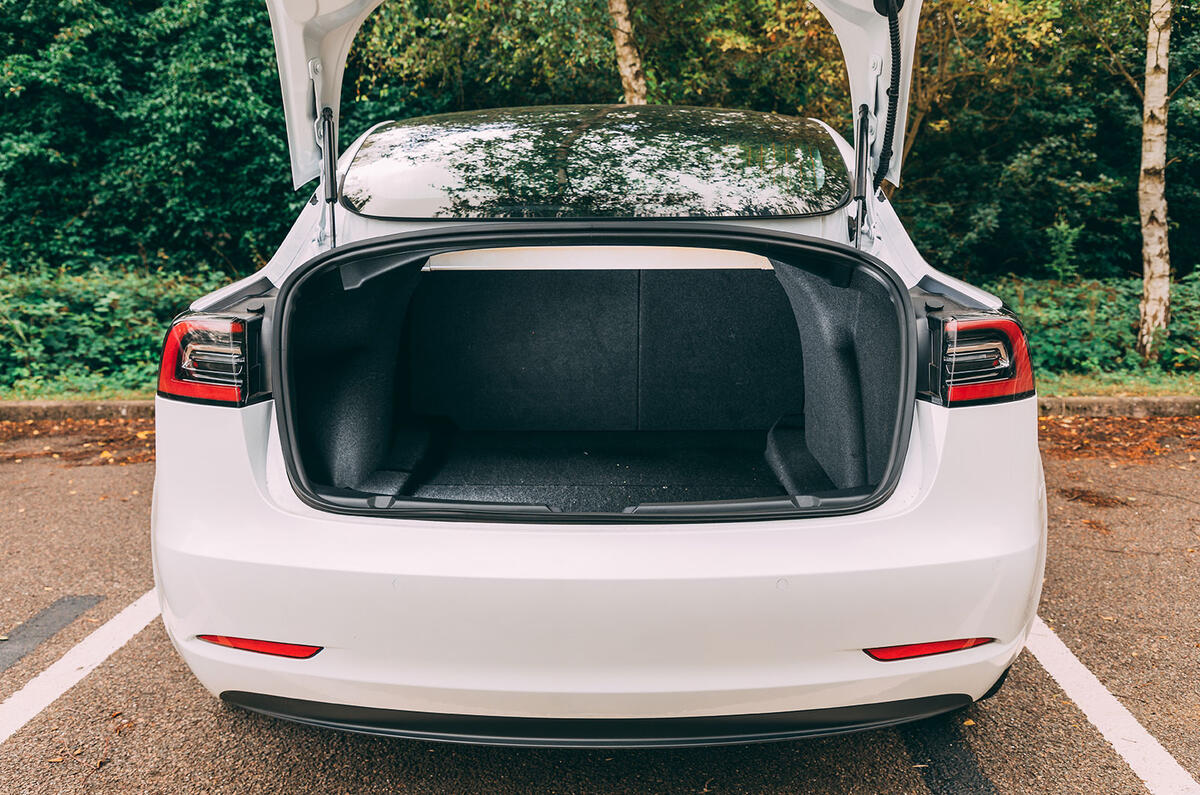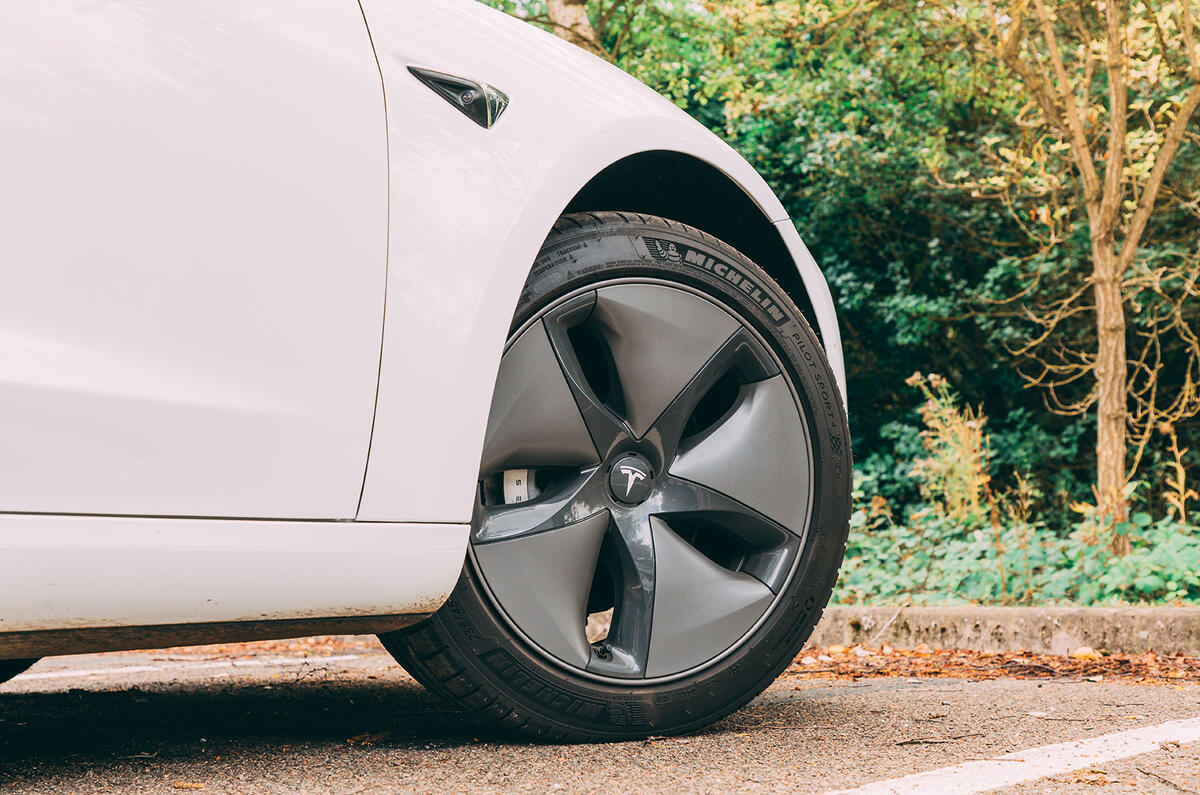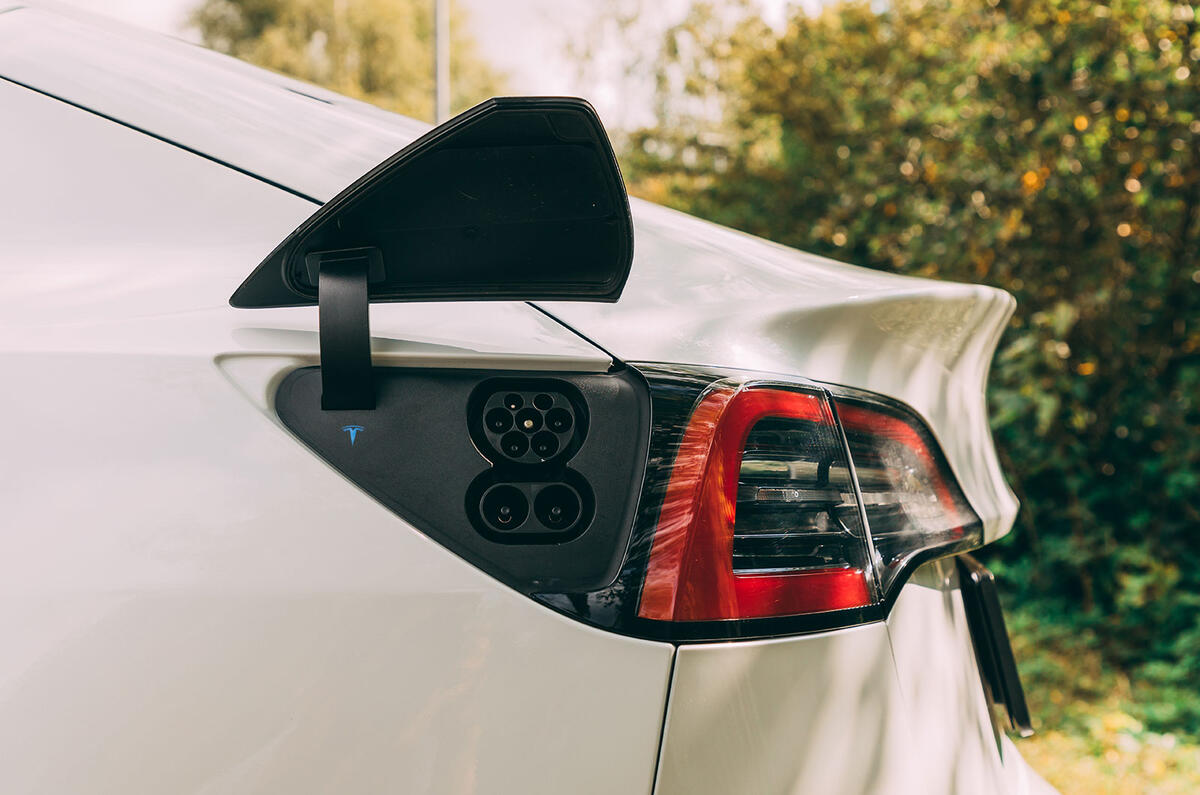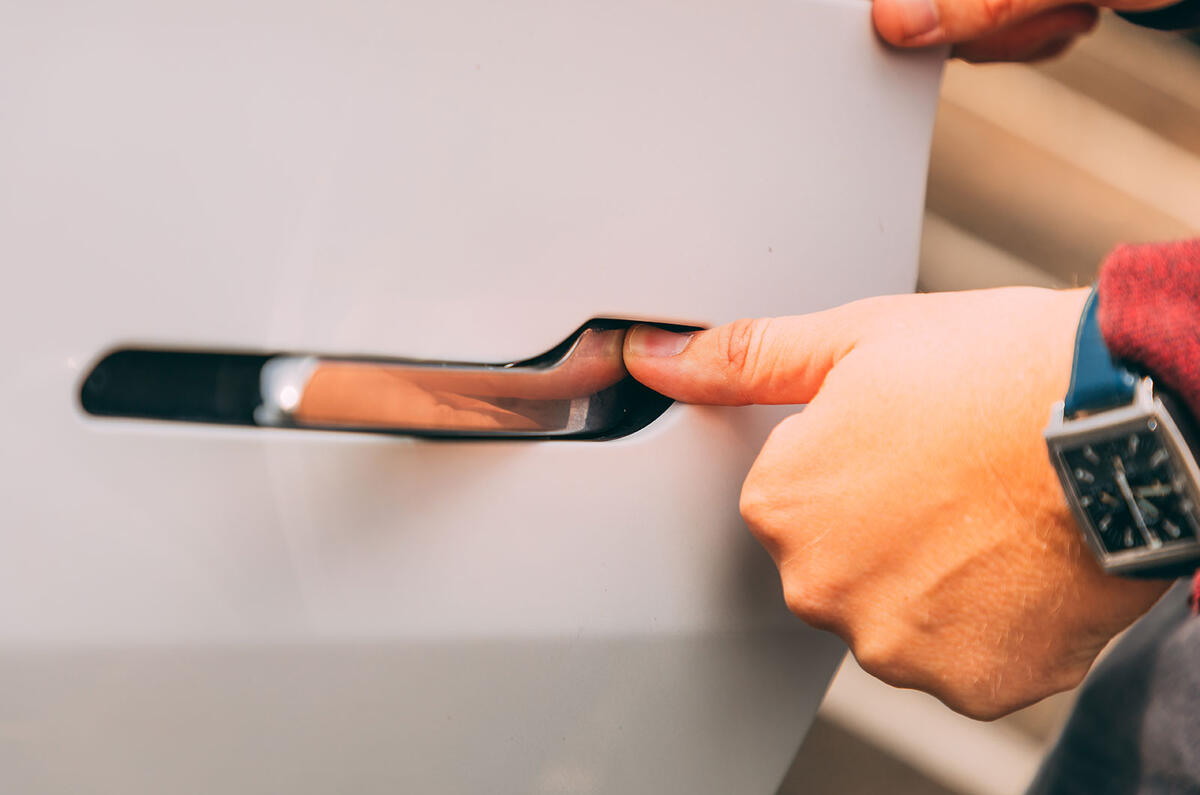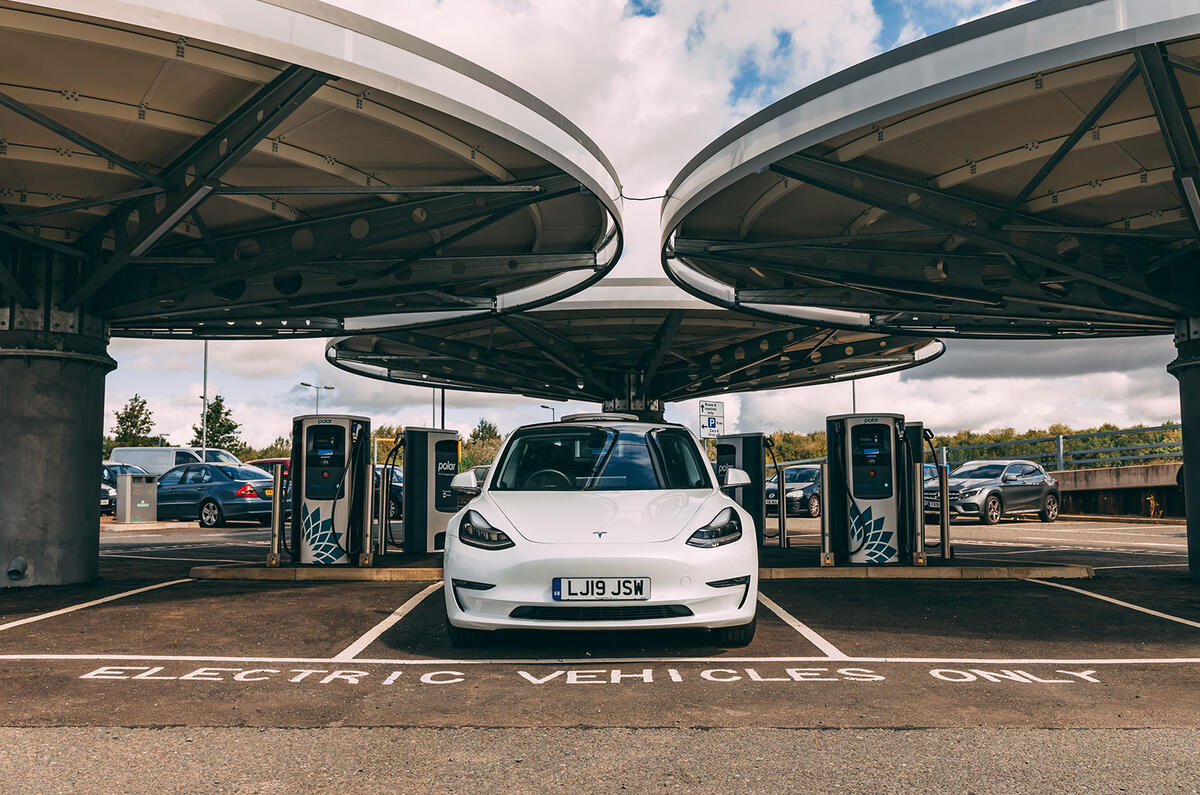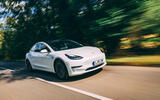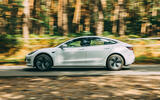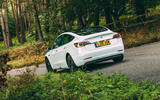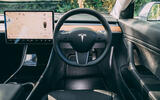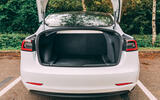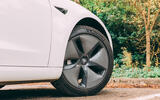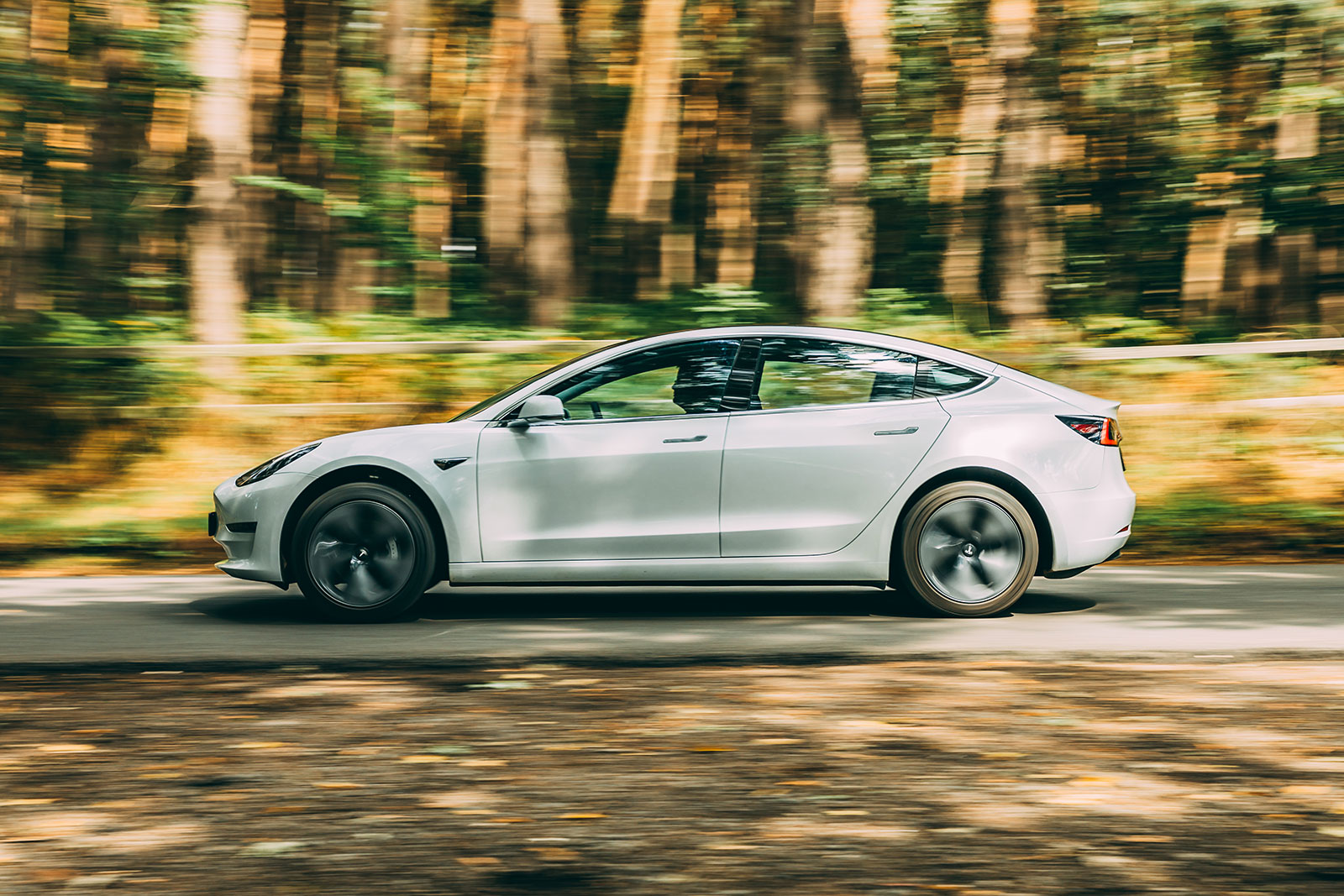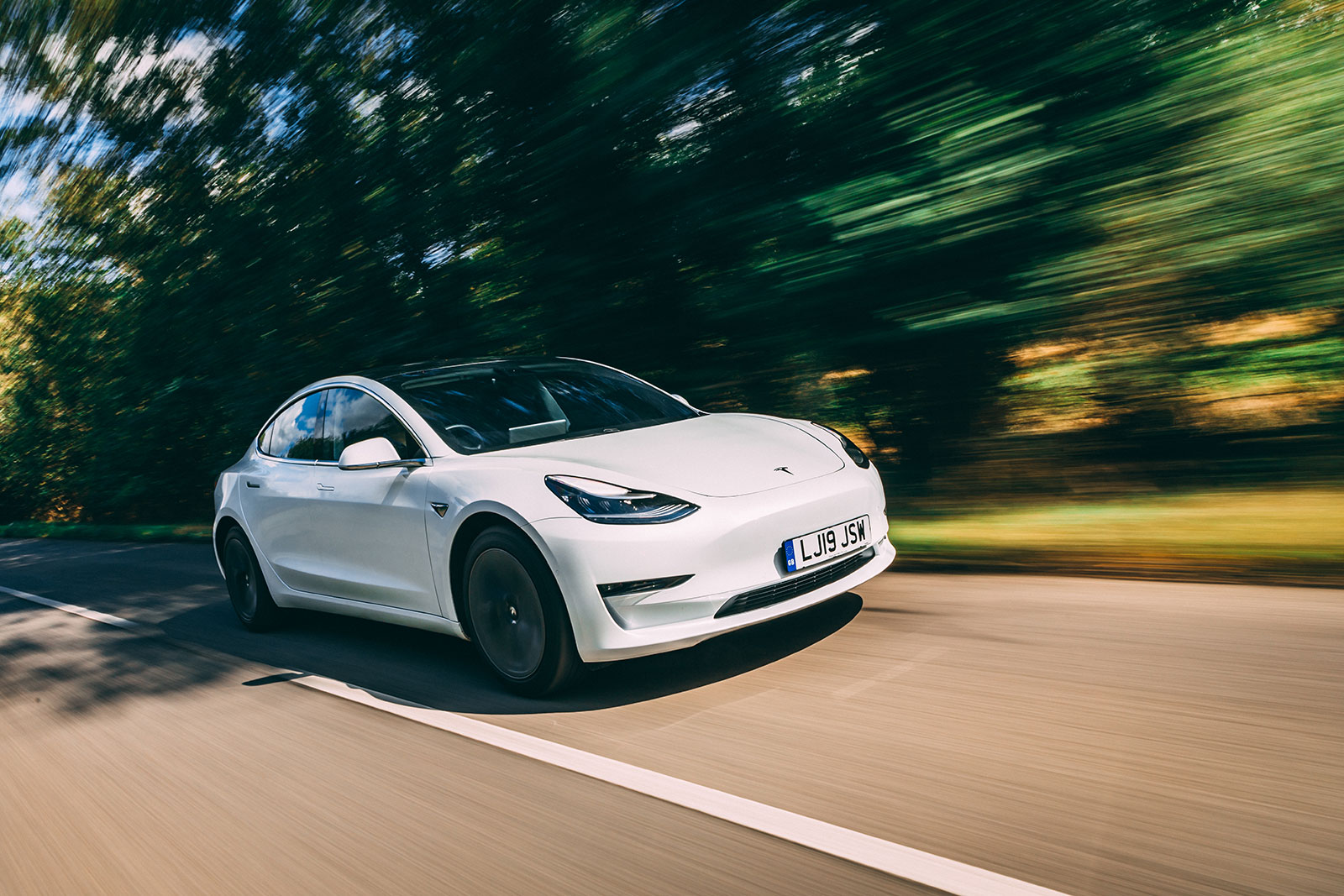The Tesla Model 3 overcame the stereotypes to prove that EVs could go toe to toe with the very best combustion cars – and range anxiety be damned.
Six years on from its UK launch, this sleek electric saloon still has bags of appeal, thanks to its practical interior, class-leading technology and impressive long-distance credentials.
The Model 3 was the product that Tesla had always wanted to make: a high-volume, low-cost EV that would enable families to wave goodbye to their oil-burning wagon and embrace ‘clean’ propulsion.
And that prospect has proven hugely appealing: it has found more than a million homes worldwide to date and continues to sell strongly.
Now that prices have tumbled to just £12,000 for earlier examples, it’s a great time to snap up this world-changing EV.
A sub-£15k budget will restrict you to the Standard Range Plus model: it has a 252bhp motor for the rear wheels and a 50kWh battery that was officially good for 254 miles on a charge from new (but expect more like 200 miles in reality).
Our pick was the 346bhp dual-motor Long Range, which got a larger, 75kWh battery for a 348-mile range. Around 300 miles is more realistic in practice, but that’s still good going even today.
Then there’s the hopped-up Performance, which sacrificed a bit of range in favour of supercar-aping acceleration: with a 444bhp dual-motor powertrain, it can hit 60mph in a BMW M3-like 3.2sec.


